A set of 'fish' representing numbers 1-30 in numeral and word form.
Use this teaching resource to help your students with number recognition and word-numeral matching for numbers 1-30.
Set up these fish with paperclips or magnets attached, and provide your students with little fishing rods with magnets on the end of a piece of string. As your students recognise each numeral or word, they can ‘catch’ the fish with the magnetic fishing rod.
To differentiate this activity, ask your students to catch each fish in ascending or descending numerical order.
Use the editable version of this resource to add numbers beyond 30.
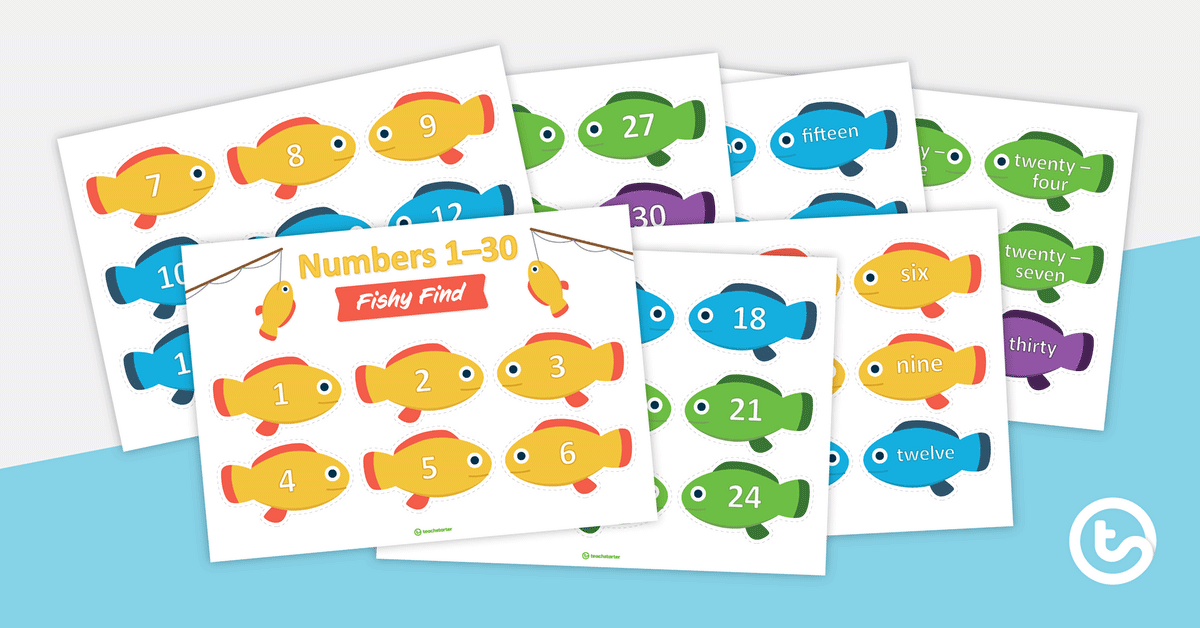

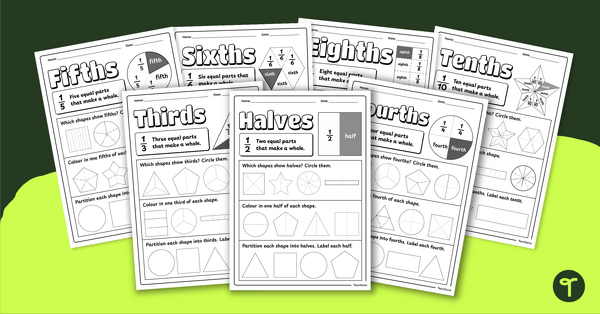
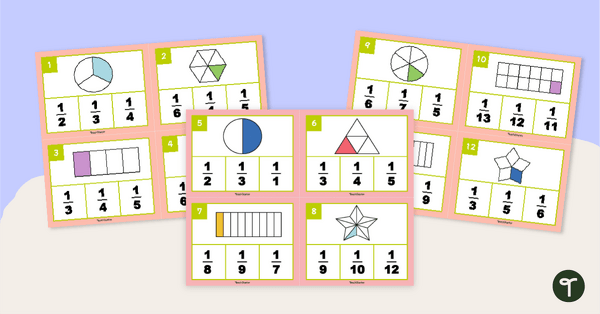



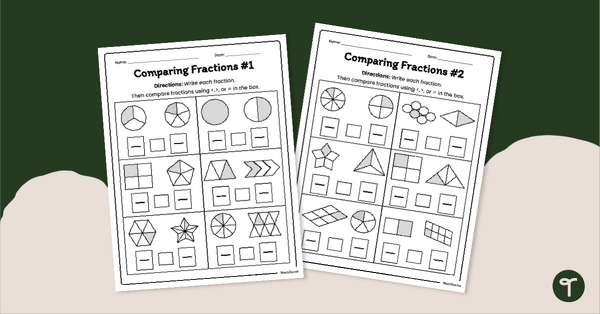
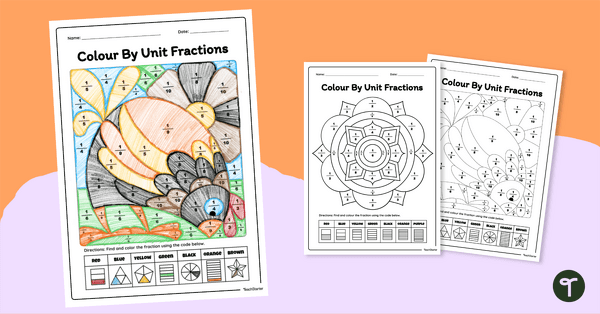
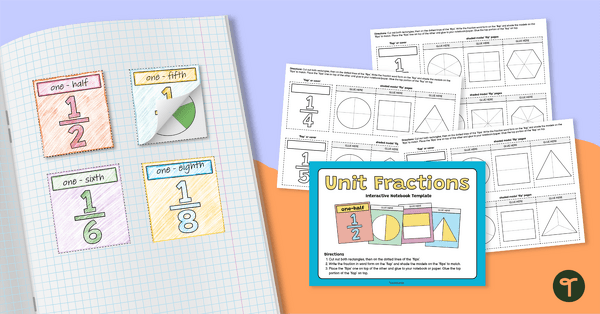
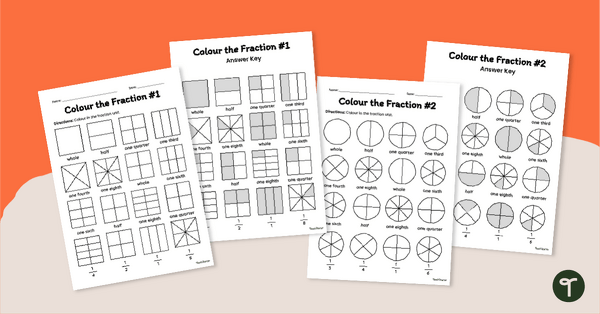
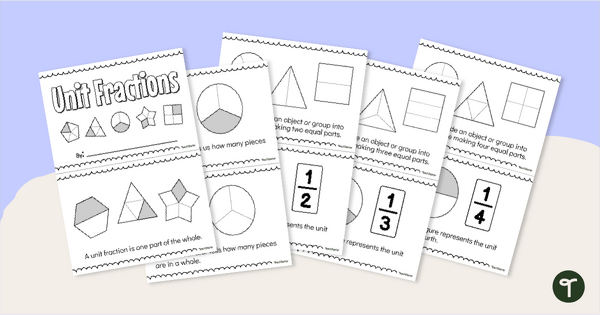
0 Comments
Write a review to help other teachers and parents like yourself. If you'd like to request a change to this resource, or report an error, select the corresponding tab above.